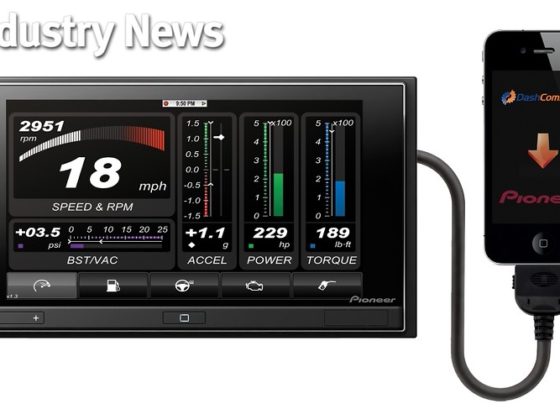,

Leaving the turbine housing attached to the manifold, the rest of the turbo can be removed by simply removing the V-band that holds the turbine to the CHRA. When installing the new turbo, we had to keep the CHRA oriented so the oil feed was still on top and the oil drain still on the bottom. This oriented the compressor discharge horizontally, like this photo. We next had to remove the compressor housing (held in place with a huge, nasty, stubborn circlip) and re-clock it to point down.

We had the car running reliably with the low-boost wastegate diaphragm from the Dodge, so we didn't want to switch to the WRX's higher-boost actuator. Since the diaphragm mounts to the compressor housing and actuates the wastegate arm on the turbine housing, our re-clocking of the turbo meant neither one would line up anyway. Time for some light fabrication.
After making a few test-fits and mockups, we cut a flat pad spot onto a conveniently located pad on the compressor housing.

Then we picked up this chunk of scrap aluminum off the floor, tapped a few mounting holes in it, and made it fit our new flat spot.

It's always helpful to have someone around who can weld aluminum.

One of the many nice features of the Mexican Dodge Stratus version of the TD-04 is the compressor bypass valve built right into the compressor housing. This meant we never had to deal with plumbing a blow-off valve into our ABS plastic intake. Until now…
Luckily, we already had a free Bosch bypass valve that had come attached to some Saab 9000 intercooler plumbing we bought in the junkyard on a half price day a few years ago. The plumbing, valve and all, had been charged as “A/C lines.”
Plumbing this to the aluminum side was simple, since the SAAB used aluminum tubing too, but the ABS plastic compressor inlet was trickier. It took a combination of a drain pipe tee, some crazy reducer adaptor, and a little section of PVC sprinkler line glued together to make it fit.


